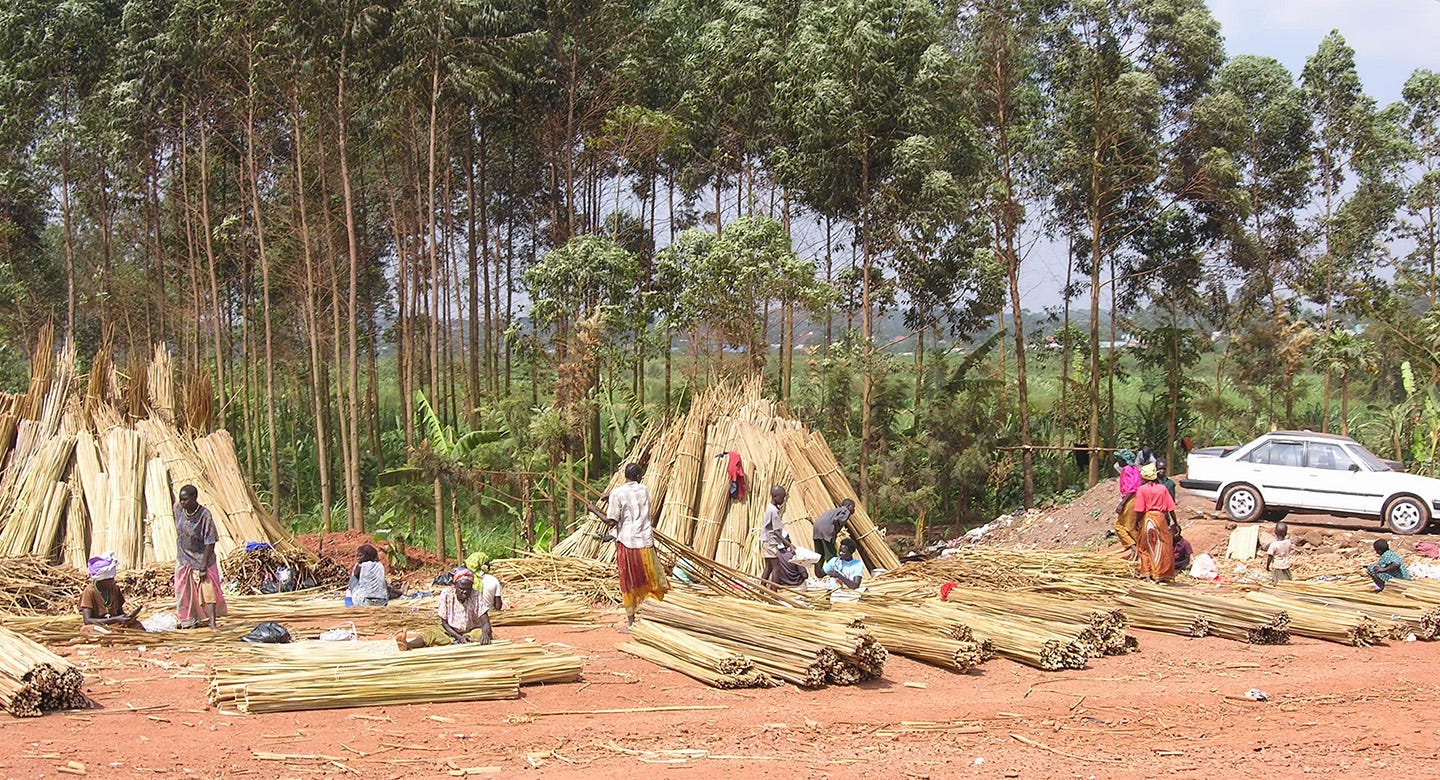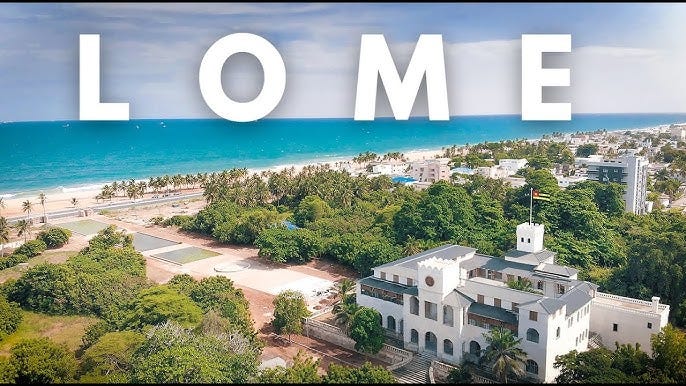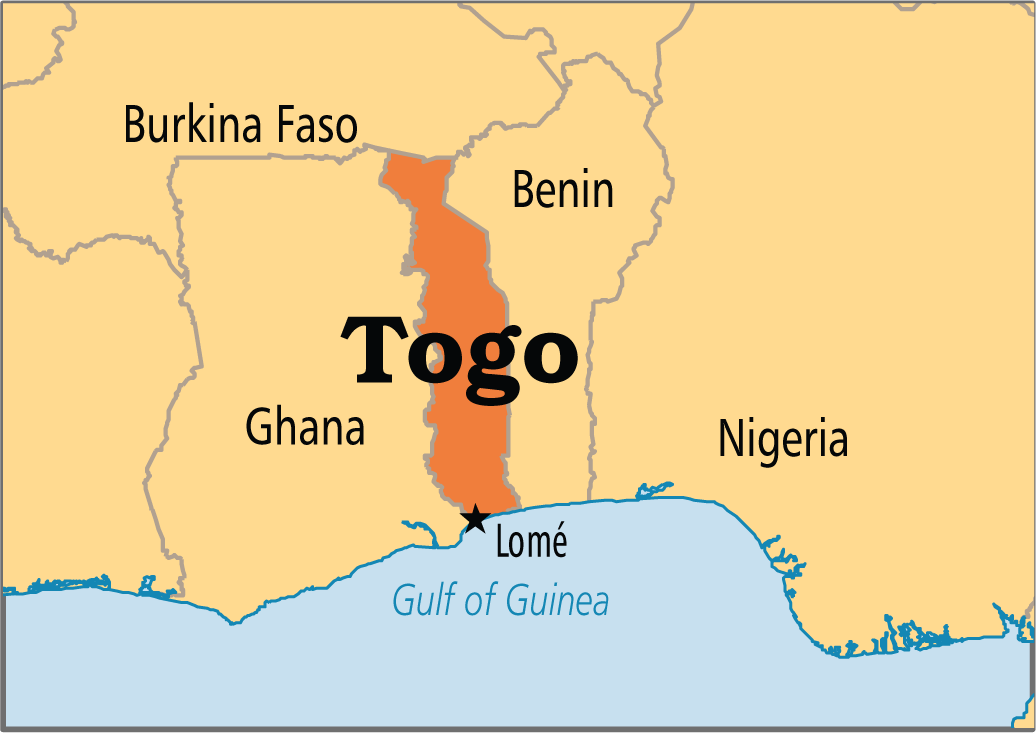Rethinking Togo’s Creative Economy: From Informal Hustle to Sustainable Industry
The creative and cultural industries (CCI) in Togo have long thrived in the shadows—vibrant, dynamic, yet largely informal. In 2024, the sector generated $166 million, contributing about 1% to the country’s GDP and employing over 134,000 people. But beneath these numbers lies an untapped goldmine waiting to be formalized, structured, and fully integrated into the national economy.
The question isn’t whether Togo’s creative economy has potential; it’s about how to unlock it. What if we stopped looking at informal creative jobs as a weakness and instead leveraged them as a strength? What if we reimagined Togo’s creative sector as a global player rather than a struggling industry in need of reform?
Beyond the Numbers: The Real Power of Togo’s Creative Sector
Togo’s creative economy is more than just a contributor to GDP; it is a lifeline for thousands of artists, filmmakers, designers, and digital creators. With over 92% of jobs in this sector classified as informal, there is an undeniable reality—creativity in Togo thrives outside traditional structures.
The informal economy isn't just about people trying to make ends meet. It’s about resilience. It’s about adaptability. It’s about how thousands of creatives are innovating, selling, and sustaining themselves outside the constraints of rigid systems. However, the challenge is turning this resilience into stability and scalability.
Globally, creative industries are becoming powerhouses of economic transformation. Nigeria’s Nollywood, for instance, generates billions of dollars and employs millions, even though it also grew out of an informal system. Togo, with its own unique artistic identity, has the potential to do the same—but only if it harnesses its creative chaos into structured growth.
The Film Industry: A Sleeping Giant
Togo’s film industry is an example of an industry caught between promise and limitations. With around 70 films produced annually—including six foreign productions—there’s a clear appetite for storytelling. But where do these films go? Who sees them?
A country with only two regularly operating movie theaters cannot sustain a thriving film culture. Yet, rather than viewing this as a limitation, what if it were seen as an opportunity?
The digital revolution has already proven that cinema doesn’t need traditional theaters to thrive. Platforms like Netflix, Amazon Prime, and YouTube have opened doors for filmmakers worldwide. Could Togo’s filmmakers leapfrog the challenges of distribution by embracing digital-first strategies? Could government investment in streaming platforms and digital distribution channels turn local films into an exportable product?
Togo’s newly introduced Film and Moving Image Code, along with the National Film and Audiovisual Industry Support Fund (FoNSICA), is a step in the right direction. But funding alone won’t solve the problem. The real shift will come when filmmakers see themselves not just as artists but as business owners creating cultural exports.
Music and the Digital Renaissance
Togolese music has long had the ingredients for global success—rich rhythms, traditional influences, and a growing Afrobeats connection. But compared to Ghana and Nigeria, its artists struggle to break into the mainstream.
What’s missing? Infrastructure.
Streaming has democratized music, allowing artists in remote corners of Africa to reach global audiences. But accessibility remains an issue. Many Togolese artists lack the digital literacy and marketing know-how to position their music effectively. Streaming platforms offer distribution, but visibility requires strategic positioning.
This is where policy and private sector involvement are crucial. Imagine a government-backed digital music incubator that trains artists in branding, digital marketing, and rights management. What if Togolese banks and investors saw the music industry as a legitimate investment, just like tech startups?
The Informal Economy: Togo’s Unseen Engine
Togo’s creative sector is dominated by informal workers—artisans, musicians, fashion designers, and digital creators who operate outside of structured markets. Together, they generate over $51.98 million in revenue.
Instead of focusing on formalizing every aspect of the industry, what if we looked at ways to support the informal economy without forcing rigid structures onto it?
Microfinance and Alternative Funding: Traditional bank loans are often inaccessible to small creative entrepreneurs. Microfinance tailored to creative businesses, as seen in parts of Kenya and Senegal, could provide artists with the capital they need without the barriers of traditional banking.
Cooperative Models: Countries like Ethiopia have successfully used creative cooperatives to give artists and artisans collective bargaining power. Could similar models work in Togo, where groups of musicians, filmmakers, or designers pool resources to fund projects?
Technology Integration: Mobile money and digital payment solutions could make informal transactions more transparent and scalable, bridging the gap between informality and economic growth.
The Currency Factor: CFA Franc’s Fluctuations and Creative Pricing
The CFA franc, tied to the euro, faced instability in 2024, losing value against the US dollar but gaining 40% against the Nigerian naira. While this volatility impacts various industries, it also affects creatives who sell their products and services internationally.
How can Togo’s creative sector buffer itself against currency instability?
One solution lies in pricing models. Many African creatives already accept multiple currencies, but blockchain technology and decentralized finance (DeFi) offer new opportunities. If Togolese creatives adopted crypto payments or stablecoins for international transactions, they could mitigate currency risks and expand their market reach.
Another approach is cross-border collaboration. As the naira weakens, Togolese creatives could position themselves as an attractive, stable option for Nigerian collaborations. Nigerian artists and filmmakers looking for cost-effective solutions could find Togo a compelling alternative.
Looking Forward: From Survival to Global Influence
Togo’s creative sector doesn’t need to be rescued—it needs to be reimagined.
The industry is already thriving informally, proving that creativity doesn’t wait for perfect conditions. However, real growth requires more than passion. It requires a vision that embraces both structure and flexibility, tradition and innovation, local identity and global competitiveness.
What if Togo’s future isn’t about catching up but about leading? What if instead of following the traditional path of formalization, it pioneers a new model where informality and structure coexist—where creativity is nurtured on its own terms?








I need it get my self to my home country that I’ve never been too😭. It has to happen this year